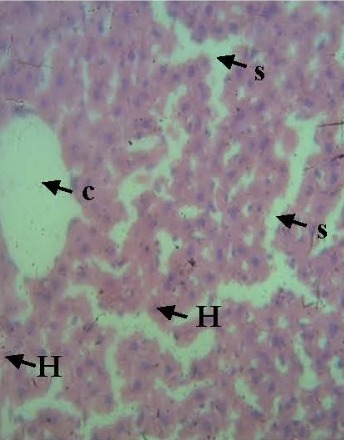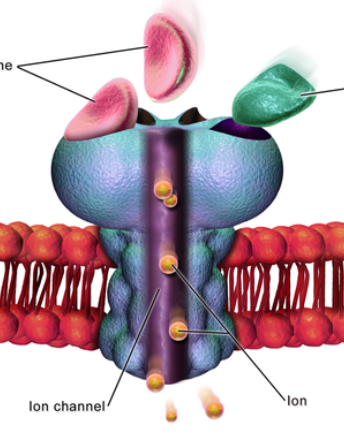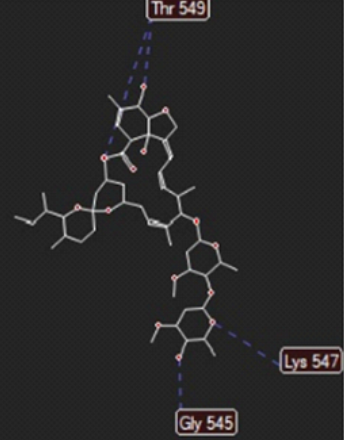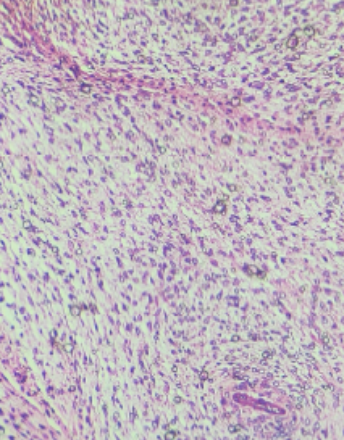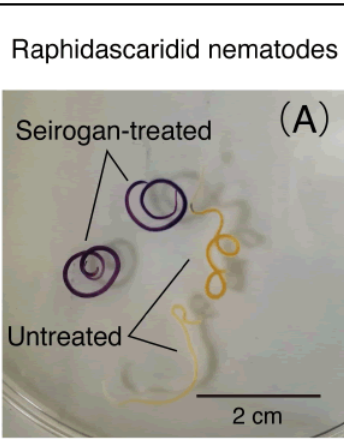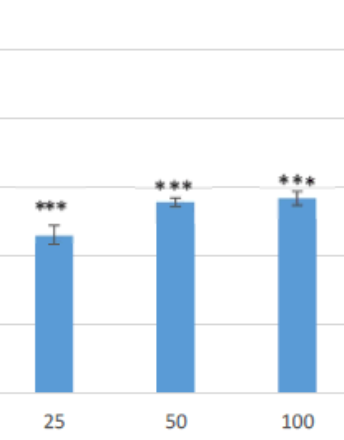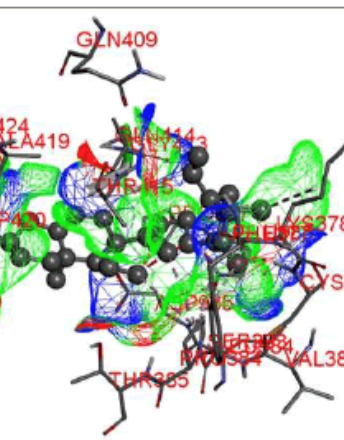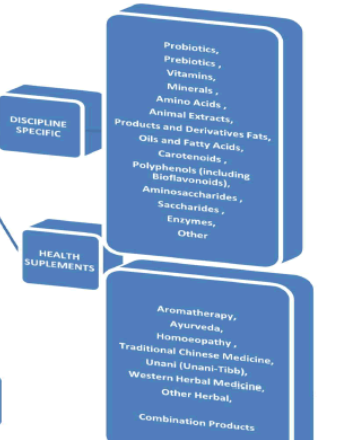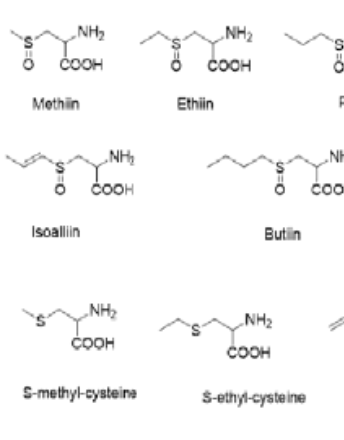Loading
Archive
Recommended Articles
Why Do Patients Not Meet the Pharmacological Treatment?
Therapeutic compliance has been defined as the degree to which the behaviour of a person corresponds with the recommendations of the health professional [1].
Diverse Therapeutic Applications of Onion
Onion has been a very useful vegetable for human. The organic molecules present in onion are extremely diverse and exert numerous pharmacological pathways to prevent diseases. Although, mechanism of action of the compounds present in onion has been investigated, clearly there remains enough scope to study this subject further. In general, many scientists believe that the medicinal values of onion are because of a series of oxidation processes of the molecules present in it.
Current Issues of Novel Drug Versus Thrombosis as Main Cause of Death
Appropriate medicinal drugs can save life of any patientat risk with high mortality and morbidity. All ongoingcosts and benefits are covered mainly by the health insurance, the pharmaceutical, and alternative medicine industry.
Domination of Nephrotic Problems among Diabetic Patients of Bangladesh
Nearly 80% of people with diabetes live in low and middle-income countries. It increases healthcare use and expenditure and imposes a huge economic burden on the healthcare systems. The International Diabetes Federation estimated 7.1 million people with diabetes in Bangladesh and almost an equal number with undetected diabetes. This number is estimated to double by 2025.
Molecular Detection of Plasmid - Mediated Quinolone Resistant Genes in Uropathogenic E. coli from Tertiary Referral Hospital in Tehran , Iran
Fluoroquinolone antibiotics are usually used for the treatment of urinary tract infections. The aim of this study was to determine the prevalence and molecular characterization of Plasmid-Mediated Quinolone Resistance (PMQR) genes among ESBL-producing Escherichia coli isolates obtained from tertiary referral hospital in Tehran, Iran.
Platelet Hyperactivity and Dysfunction in Diabetes and Cancer
However, the entire coagulation cascade is dysfunctional, in progressed chronic diabetes and cancer patients. Platelets (PLTs) in type 2 diabetic (DT2) involved in Thrombosis and Haemostasis (T&H) of individuals adhere to vascular endothelium and aggregate more voluntarily than those in healthy individuals, as are abnormalities in the microvascular and macrovascular circulations. However it is already known that the circulating PLTs are essential for T&H, inflammation growth factors delivery, regeneration; and knowledge of their function is fundamental to understanding the pathophysiology of vascular disease in diabetes and cancer-related diseases.
Psychosocial Aspects of Drug Prescription: Recognizing These Phenomena to Improve the Quality of Clinical Practice
The psychosocial aspects of pharmacological prescription are the factors that intervene in ways of reacting of the doctor and the patient to the prescription of a drug, as well as the role of social structures that determine it. The role of psychosocial factors in pharmacologic treatment of patients remains unclear and is notably absent in the literature of the discipline of general medicine. Biological (specific) and psychosocial (nonspecific) effects of drugs are not simply additive, but interact with each other.
How Traditional Healers Diagnose and Treat Diabetes Mellitus in the Pretoria Mamelodi Area and How Do These Purported Medications Comply with Complementary and Alternative Medicine Regulations
In South Africa, new amended regulations required a review of complementary and alternative medicine (CAMs) call-up for registration from November 2013. This impacted traditional healers (THs)’ compliance with the regulatory authorities’ on the good manufacturing practice which in return affected the public’s access to CAMs. This investigation embraces methods, THs use to diagnose and treat diabetes (DM) in Mamelodi. Furthermore, it assesses what their purported medications comprise of.
The Pathogenesis of Continuous Spike and Waves during Slow Sleep Syndrome: Short Communication
Continuous spikes during slow wave sleep (CSWS) syndrome is an age-related and self-limited severe epileptic encephalopathy characterized by electrical status epilepticus in sleep (ESES) on electroencephalogram, seizures, and developmental regression. The mechanisms that lead to the development of CSWS syndrome are complex and not clear. Surprisingly, steroids and benzodiazepines offer a good treatment outcome compared to conventional anti-epileptic drugs. Of concern, this condition has a long-term poor prognosis due to the persistence of neuropsychological impairment. Many questions are yet to be answered in this syndrome.
Admitting UnKnown Biosimilar- Drugs Affects Thrombosis and Haemostasis Processes
Accidental admitting and using (un-) known drugs might manipulate health and/or disease(s) of a subject in a positive (healing) and/or negative way (increased mortality and morbidity rate). Now a days, different kinds of drug development technologies are available, which might help affect global health. Though, the psychiatric comorbid disorders were important risk factors for premature drug-related deaths despite so many developed tools and technologies.
Dexamethasone: The First Drug to be Shown to Decrease Mortality in Critically Ill Patients with COVID-19
Background: The precise role of corticosteroids for treatment of coronavirus disease 2019 (COVID-19) is unclear due to lack of randomized trials. Objective: To review the therapeutic value of corticosteroids for treatment of hospitalized patients with COVID-19 with more emphasis on randomized trials. Methods: English literature search of electronic databases supplemented by manual search up to June 29, 2020. Search terms included corticosteroids, COVID-19, dexamethasone, methylprednisolone, hydrocortisone, mortality, safety. Randomized trials were the main focus of research, but observational studies were also reviewed.
Pharmacogenetic Variants in the DPYD and TYMS Genes are Clinically Significant Predictors of Fluoropyrimidine Toxicity: Are We Ready for Use in our Clinical Practice
Fluoropyrimidines have been extensively used for almost 6 decades to treat a variety of solid cancers, especially colon, gastric, anal, rectal, head & neck and breast. However, 31–34% of patients encountered grade 3–4 adverse events (AEs) with 0.5% mortality oftennecessitating dose reduction or discontinuation. A significant proportion of these AEs are likely to be the result of inter-individual genetic variation, in particularly such as dihydropyrimidine dehydrogenase (DPYD). DPYD gene encodes DPD, the rate-limiting enzyme responsible for catabolism of 5-FU and is responsible for >85% of 5-FU elimination.
Classical Drug and its New Role in COVID-19 Management
COVID-19 is the new emerging viral infection that already cause global public health problem. More than 220 countries/territories are already attacked and there are more than 17 million patients around the world. This disease was firstly reported in China then in Indochina and extended worldwide. The patient can have febrile respiratory illness and there are many asymptomatic and mild symptomatic cases. The new viral respiratory infection causes several medical and non-medical problems and it is a big challenge to be managed.
Beta-Sitosterol: As Immunostimulant, Antioxidant and Inhibitor of SARS-CoV-2 Spike Glycoprotein
This article is an extension to our recently published article in Asian Journal of Pharmaceutical and Clinical Research, entitled “Β-Sitosterol: Isolation from Muntingia Calabura Linn. Bark Extract, Structural Elucidation, and Molecular Docking Studies as Potential Inhibitor of SARSCoV-2 Mpro (COVID-19)”[1].
Drugs and Family Medicine: Form and Content
Choosing an individual medication for a particular patient is one of the most important clinical decisions in family medicine (FM). Prescription of drugs is currently the main tool of FM and that’s the main source of prescription of drugs. The drugs are used by general practitioners (GPs) to manage a wide range of health problems that are addressed at this level of medical care have tangible results. But should the drug be the GP’s main therapeutic resource? Drugs arrive to serve the purposes of the GP, but finally, the GP redefines its own goals according to the drugs.
Biological Activity of Miscanthus capensis Root Extract
Miscanthus capensis is a hardy, evergreen, medium-high, clump-forming grass that belongs to the Poaceae family. It is used in South Africa for the treatment of pimples, wounds, eczema, and acne. The present study was investigated to examine the biological activity of Miscanthus capensis roots extract. The effect of the plant extract on protein glycation and collagen production was investigated using in vitro assays.
Artificial Intelligence in Pharma: Positive Trends but More Investment Needed to Drive a Transformation
Pharmaceutical companies have been actively adopting artificial intelligence (AI) approaches for drug discovery and are starting to focus this technology on clinical trials. The shift from large-scale collaborations to smaller strategic partnerships and recently to internal teams has led to increased headcounts that are being organized to deliver AI across the enterprise. Although the urgency of the COVID-19 could have been a perfect test case for leveraging AI, it drew awareness to the obstacles of data access.
Is There a Simple and Easy Way to Detect Singlet Oxygen? Comparison of Methods for Detecting Singlet Oxygen and Application to Measure Scavenging Activity of Various Compounds
Reactive oxygen species (ROS) are known to exert both beneficial and harmful effects in the human body. Singlet oxygen (1O2), is highly reactive and considered as one of the ROS, although it is not a radical molecule. 1O2 reacts with many kinds of biological components such as lipids, proteins, and nucleic acids. 1O2 is short lived because it reacts with biomolecules and collisions with water molecules rapidly causing the return of 1O2 to the ground state, and is therefore not easy to quantify. Antioxidants, such as β-carotene, lycopene and astaxanthin, are quenchers of 1O2.
The Use of Hydroxychloroquine and Interferons for the Prophylaxis of COVID-19
At the beginning of Covid-19 pandemic, we proposed to use hydroxychloroquine (HCQ) and intranasal interferon (IFN) a-2b spray to prevent SARS-CoV-2. Since then, clinical trials testing these two drugs separately for the treatment and prophylaxis have been reported. A consensus is forming that HCQ and IFNs are not effective in treating severe Covid-19. However, the pathogenesis of Covid-19 suggests that early intervention could reduce the infection and prevent the progression from mild to severe Covid-19.
COVID-19 Disease and SARS-CoV-2 Vaccination in Patients with Cancer
Since the declaration of COVID-19 as a pandemic in March 2020, there have been more than 100 million reported cases of COVID-19 worldwide and more than 2.1 million deaths. The purpose of this editorial is to review recent updates regarding COVID-19 disease and SARS-CoV-2 vaccination in cancer patients.

